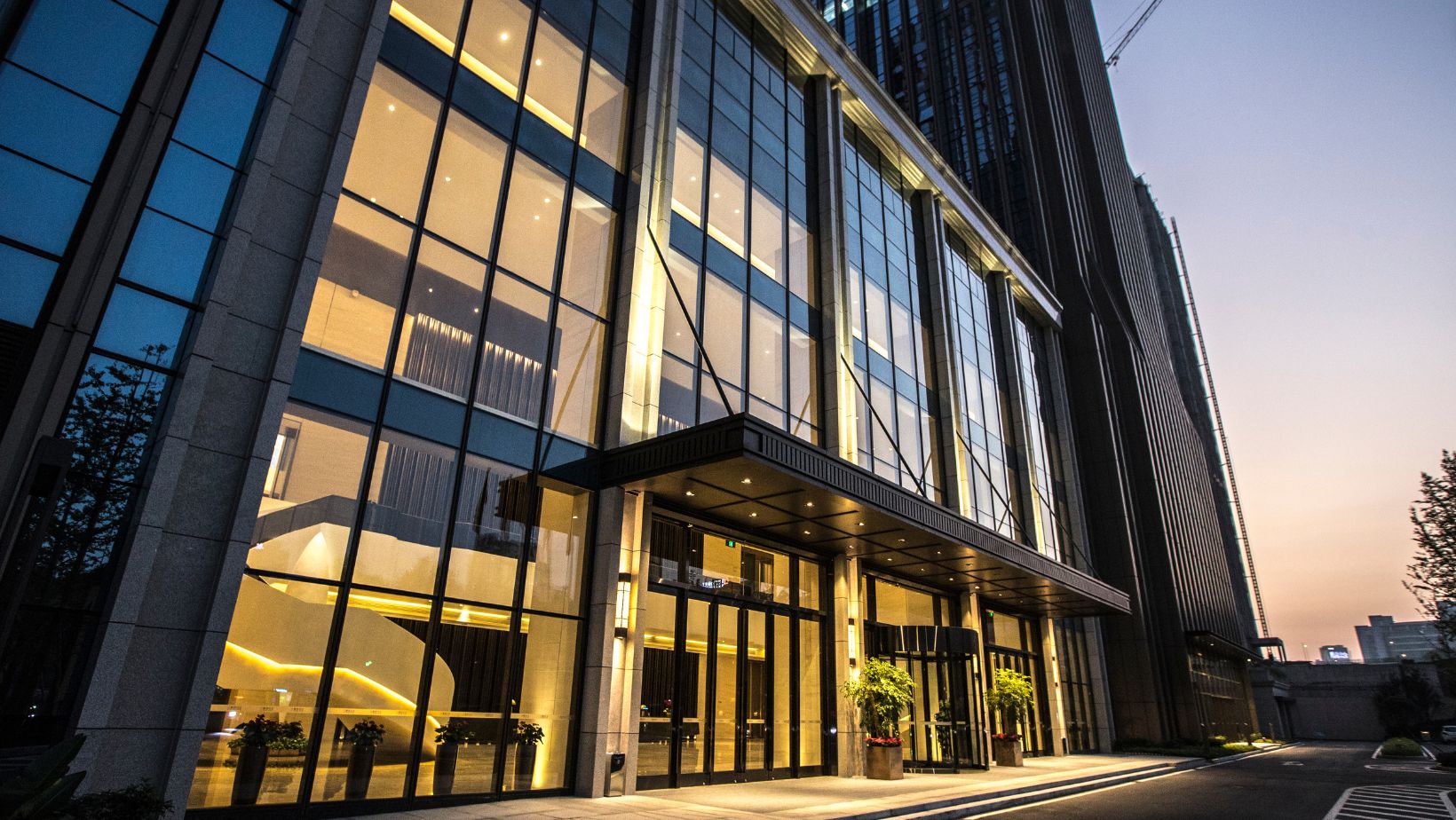
In commercial buildings, warehouses, or even large residential properties, regular maintenance routines are standard—electrical inspections, HVAC servicing, plumbing checks. But there’s one safety component that’s often assumed to be “set and forget”—until it fails when it matters most. That’s why keeping your automatic fire detection systems properly maintained should never be treated as an afterthought.
These systems are a building’s silent protectors. They work 24/7, monitoring for early signs of fire long before flames are visible. And when they’re maintained correctly, they can mean the difference between a near miss and a devastating loss. But too many facilities fall into the trap of thinking that once installed, the job is done.
Fire Safety Isn’t Just About Extinguishers
When people think of fire safety, their minds often jump to smoke alarms or fire extinguishers. Those are vital, yes—but they’re reactive tools. Automatic detection is proactive. It provides precious minutes—sometimes even seconds—that can be the difference between getting out safely or not.
The problem? Without ongoing care, these systems can become unreliable. Dust buildup, sensor drift, blocked airflow, outdated software—any of these issues can reduce the sensitivity of a detector or delay alerts. And in a fire, even a 30-second delay matters.
Common Oversights That Lead to Risk
What often leads to undetected failures isn’t malice—it’s just routine neglect. Maintenance teams are stretched. Budgets are tight. And when a system hasn’t “gone off” in years, it’s easy to assume it’s still working just fine.
Some of the most common missteps include:
- Skipping sensor calibration: Sensors drift over time and need periodic recalibration.
- Failing to test alarms and communication links: A working detector is no good if the alert signal isn’t received.

- Neglecting software updates: Modern systems often include central control units that require firmware updates.
- Letting environmental factors interfere: Dust, insects, or moisture can all impact system reliability.
These may seem like small things—but together, they create dangerous blind spots.
Who’s Responsible for Fire Detection Maintenance?
Responsibility often gets passed around. Is it the building manager? The landlord? The tenant? The contractor? Ultimately, someone needs to take ownership—and ideally, that’s a dedicated facility manager or safety officer with a clear maintenance plan in place.
If you’re unsure who’s in charge, that’s your first red flag. Clarify responsibilities before assumptions turn into liabilities.
What a Good Maintenance Routine Looks Like
A strong fire detection maintenance routine should be:
- Scheduled: Quarterly or biannual inspections should be non-negotiable.
- Documented: Every test, update, and replacement should be logged for compliance and accountability.
- Audited: Independent reviews every year or two can spot issues that internal teams might miss.

- Comprehensive: Include detectors, alarms, control panels, backup power sources, and communication systems.
Modern fire systems often come with digital logs and test modes that simplify routine checks—use them. A five-minute test could save lives.
It’s Not Just About Compliance—It’s About People
Yes, most commercial properties have legal obligations around fire safety. But meeting the minimum isn’t the same as doing the right thing. The real goal is to protect people: your staff, your customers, your tenants.
Investing in proper fire detection maintenance is one of the clearest ways to show that safety isn’t just a checkbox—it’s a value.
Small details can make a world of difference in emergencies. And in the case of fire detection systems, overlooking maintenance doesn’t just risk property—it risks lives. By making proactive checks part of your regular operations, you’re not only meeting your legal responsibilities—you’re actively protecting the people who rely on your building to keep them safe.
